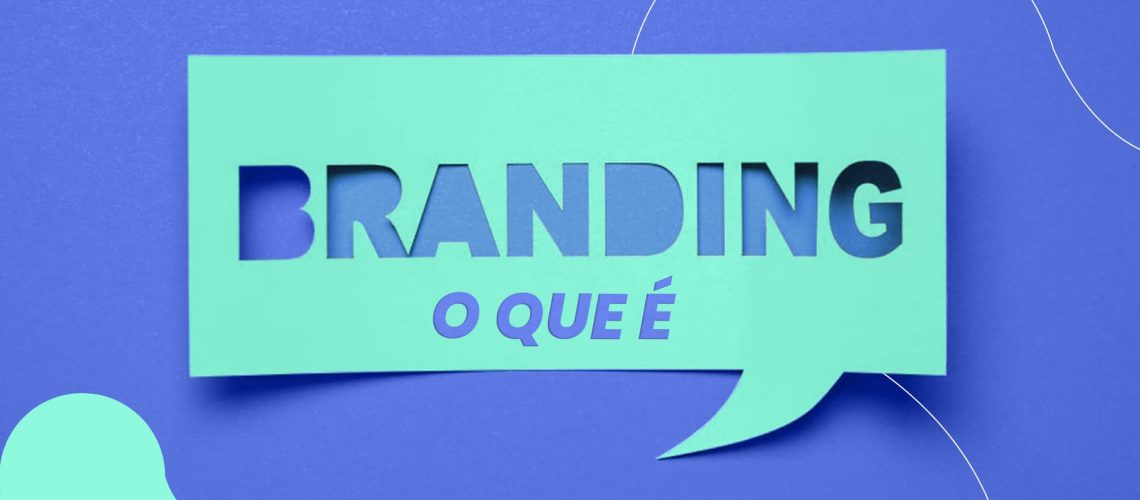Imagine a commodity (undifferentiated raw material whose price is determined by the law of supply and demand) that is produced and transformed into a favorable microclimate, through the use of a specific process, by a company concerned with ethical and environmental issues, truly oriented towards the customer experience and which guarantees a considerable presence in urban areas with high traffic and outstanding visibility, striving for respect for the urban context in which it operates.
First question: What makes thousands of people around the world pay more than € 3 for a coffee when they can easily pay four times less nearby?
The answers can certainly be countless, however, even if we try to rationalize the choice, there will certainly be a set of emotional factors that “justify” the option and, probably these will be based on little tangible elements, but highly valuable such as perception quality and the incomparable category of “experience”.
Second question: Have you found out which company we are referring to? We bet yes … that’s right Starbucks.
The strong commitment to differentiation is noticeable even before entering the store, because the visual elements that we can observe abroad immediately send us to an environment full of relaxation. Upon entering the store (in addition to the stylized decoration that we can see in each establishment) the interaction with the employee, who appears to be a happy person (the constant presence of Starbucks in the list of the renowned Fortune magazine that refers to the 500 best companies to work perhaps explain this fact) and aware of the huge range of options that you can prepare, that makes a point of calling us by name and that reminds us that we are unique and special!
The example of Starbucks (many others exist) is intended to help understand what branding is, however, at the theoretical level, we can say that it is a marketing practice that aims to provide a product / service with a series of distinctive elements that translate into a brand and ensure its management, focusing on creating value through building relationships with the various stakeholders (employees, community, suppliers, customers, competitors).
Building true bonds, which are generators of return, necessarily involves transmitting a clear and consistent message over time, regardless of the channel where the interaction takes place. It is therefore essential to keep in mind the attributes, values and promise of the brand and to mirror that identity from the entrance of the company’s website and the profile of social networks, to the telephone service or the employee’s uniform.
It is the sum of all the experiences that the consumer has when he contacts the brand, which serves to form the perception he has of the brand and it is this perception that makes him choose one over the other, even if he has to spend more money for that!
DM7 February 2020








